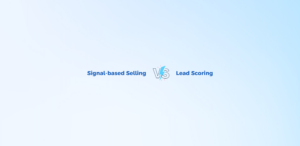Product-led businesses are reinventing the game, accelerating sales cycles, slashing acquisition costs, and amplifying revenue per employee. All this sounds great!
But where does your company stand in all this? Is your brand resilient enough to withstand the dynamic shifts in the SaaS market?
This depends on how adept your product-led sales strategy is. With that in mind, you can measure your brand’s strengths and potential success in this rapidly transforming environment.
TL;DR
👉 This article discusses the concept of a product-led sales strategy and the practical steps to implement it successfully.
👉 A few examples of successful companies like Zapier, Airtable, Atlassian, Strava, and Calendly, to see how adopting PLS strategies help.
👉 The benefits of having a product-led sales approach and why it’s replacing traditional sales models.
Unraveling Product-Led Sales
According to Wes Bush, the leading entrepreneur and best-selling author on product-led, “Truly great software companies are built to be product-led”.
He goes on to explain the current state of the SaaS market by highlighting three major challenges :
- An evident increase in customer acquisition costs (CAC): The low barrier to entry for SaaS startups has increased customer acquisition costs (CAC). Also, marketing channels are becoming more expensive while your average customer is less willing to pay for product features.
- Customers’ shift towards self-education: No matter the product, buyers now prefer to educate themselves instead of relying on sales representatives. 89% of customers expect access to a convenient self-service portal to manage their everyday problems.
- The increasing significance of product experience: Sales teams continue to play an important role. However a SaaS product itself must take the lead in helping new customers while providing them with an independent and smooth onboarding experience.
Apart from being a warning, these challenges also indicate the current trends that try to address them. But the question remains, how to position a SaaS business for success?
It all comes down to your strategy.
Defining Product-Led Sales Strategy
A product-led sales strategy can put your product in the limelight so it can essentially sell itself. But before spending their hard-earned dollars, your audience probably would like to experience its value.
That’s why you need a try-before-you-buy policy such as a free trial. If you are ready to transition to a product-led strategy, first see how your product fits within this vision. Ask yourself:
Are you focused on specific product features?
Or do you want to build a whole product experience that solves your customers’ problems?
This is to understand your users’ demands and align your company’s objectives with it. Only then can you build a product-led framework and decide which business model—a free trial, freemium, or demo—is ideal for you.
The Building Blocks of a Product-Led Sales Strategy
The cornerstone of every product-led strategy is the user action data. It’s where you can get insightful facts about the end user. This data helps you to orchestrate a number of things, including pricing, sales, customer communications, and even product roadmaps.
Let’s take a look at the essential elements of a PLS strategy.
End-User Development
Today’s users want and even demand a product-led experience. This way, decision-making power falls into the hands of those who ultimately use the product.
Take Zapier, for instance. This automation platform lets its users build their own integrations between two or more of their favorite apps without any coding.
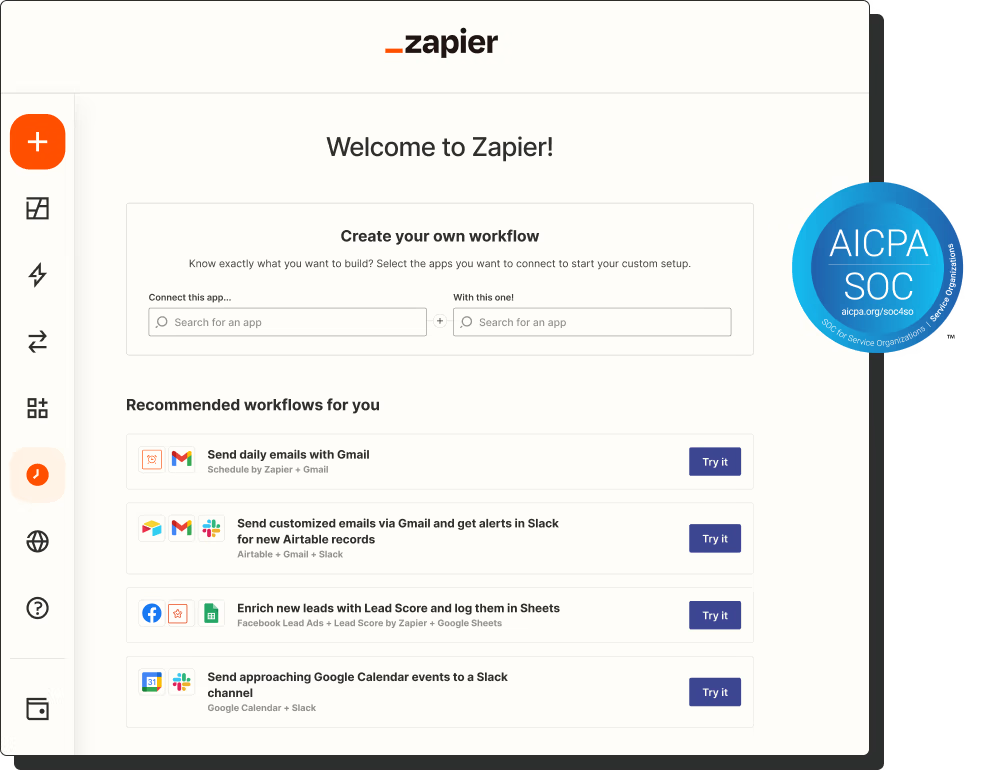
Their user-friendly interface was not always the same. It has continuously evolved over time to offer a better user experience. In turn, a wide user base prefers this platform over many of its competitors out there.
The Product that Sells Itself
Just as you wouldn’t buy a house without first seeing it, your users must experience your software before committing to a paid subscription. So the better the product’s functionality and features, the higher the chances of users sticking around.
Airtable is another example of a PLS company that follows this rule. This collaboration platform responds to the needs of modern workspaces.
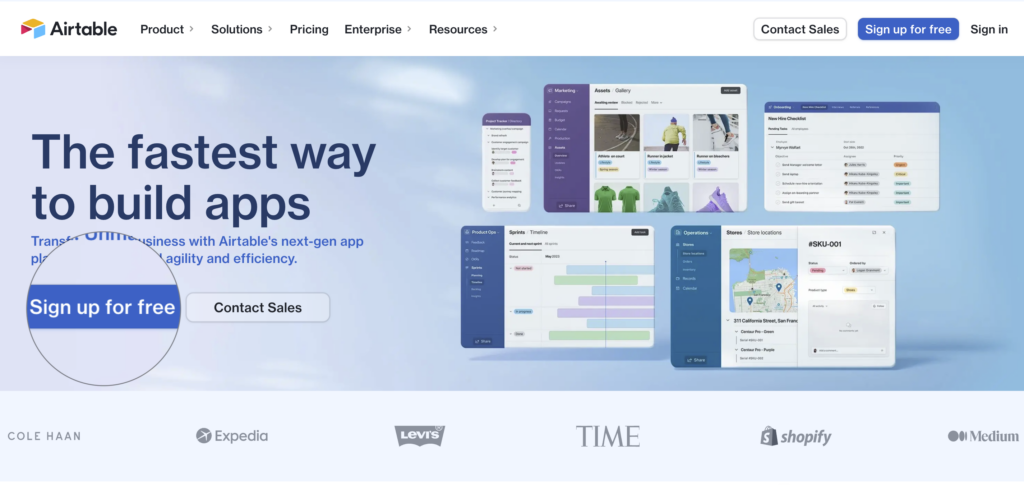
Airtable lets users easily organize tasks, create and customize boards, invite team members, and monitor their progress. Users can upgrade to premium subscriptions to access additional features and integrations.
An All-Round Product-Led Approach
The way from a sales-led to a product-led is paved by collected user action data. Data-driven marketing at scale brings growth, while data-driven products improve the user experience.
For example, Atlassian began with a sales-driven approach. They soon recognized the need to align their strategy with their consumers’ changing expectations over time.
“We’ve had a lot of smart people who wouldn’t join the company or give us money or advise us because [our business] made no sense to them.”
Mike Cannon-Brookes, Co-Founder of Atlassian
Atlassian allowed its users to discover, try, and use the software before committing to a purchase. They launched free trials and freemium plans that let customers evaluate the value of the products firsthand.
Data Collection and Analysis
What’s the main advantage of open product access? Above all, it offers a wealth of usage data and user feedback. Besides improving the products, you can use this data to better guide users, engage them, and use messaging that resonates with them.
Strava is a social fitness network focusing on monitoring and analyzing physical activity that relies on user data collection.
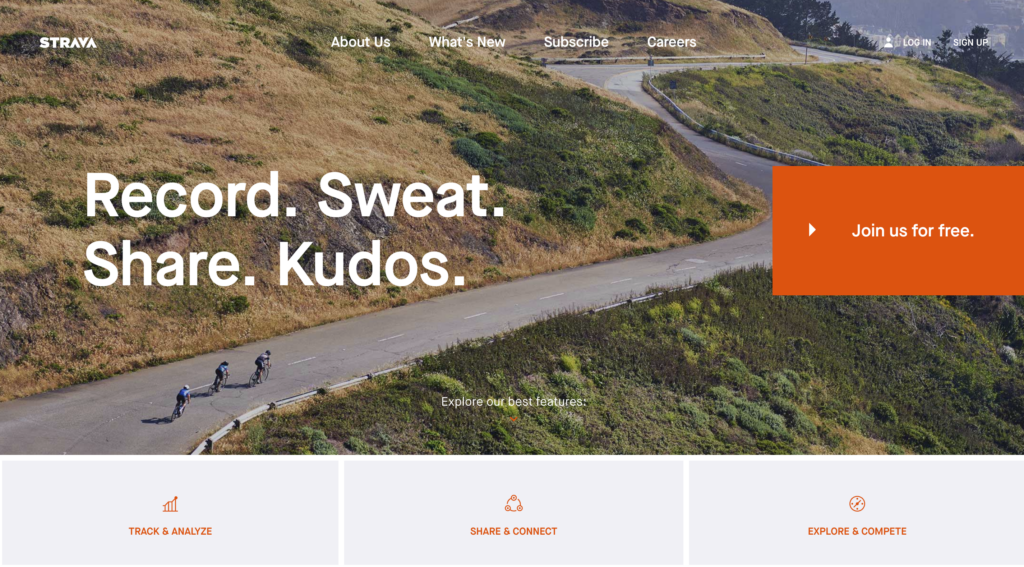
The platform’s algorithms then analyze this info to provide personalized training, tips, and performance monitoring features. So instead of just selling their fitness-related product, they prioritized improving their users’ athletic performance.
Product Qualified Leads (PQL)
Let’s face it! Traditional lead scoring is no longer effective with customer acquisition. Mostly because there’s little correlation between intent to buy and content consumption (e.g., downloading an ebook or attending a webinar).
A good PLS approach enables companies to focus on users with strong intent during product usage. Calendly, for example, has established itself as the premier cloud-based scheduling software in the SaaS business. What brought them here?
They realized typical lead scoring based on content consumption or form submissions was counterproductive. Instead, they focused on user behavior inside their platform to find PQLs.
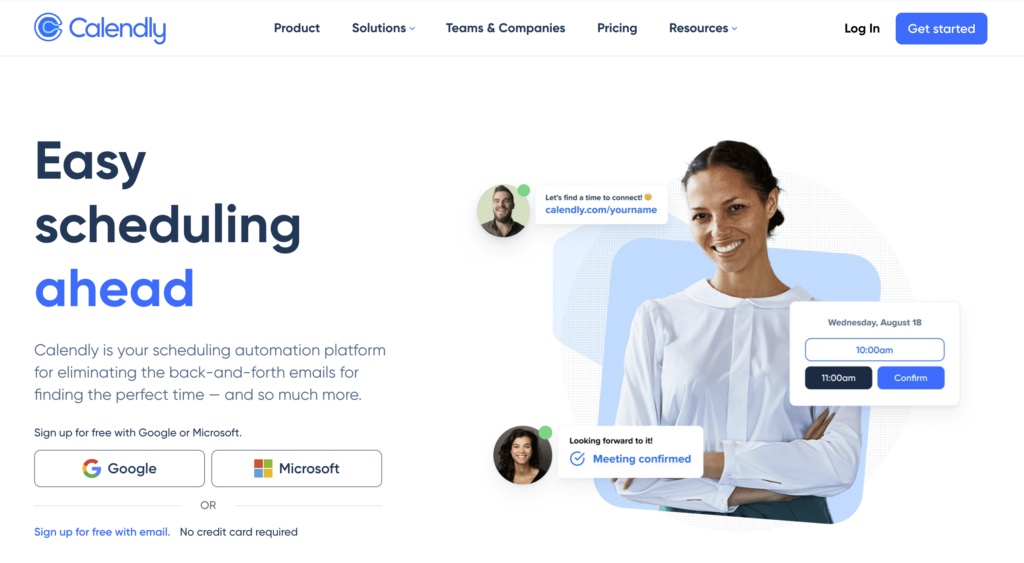
They track activities like scheduling, incorporating Calendly into their workflows, and consistent usage. By analyzing these behavior markers, Calendly can discover users who are more likely to convert into paying customers.
So far, we’ve put together the pieces that make up a product-led approach. Now, let’s talk about implementing your product-led strategy.
Implementing a Product-Led Sales Strategy
SaaS companies provide free trials or freemium plans for a single reason and that’s acquiring leads and customers. Product-qualified leads and product-led growth have changed the way SaaS sales interactions are conducted.
A product-led approach uses a combination of data from demographic, firmographic, and real product consumption. Based on underlying data patterns, AI-neural nets (AI models inspired by the human brain) can identify prospects and ideal customers.
The product-led approach is the future of SaaS because it addresses the current inefficiencies in acquisition, retention, and resource distribution. But where should you get started?
Practical Steps to Adopt a Product-Led Sales Strategy
It just takes a few crucial steps to follow in order to implement a PLS strategy and build a successful self-serve flywheel. Here’s where to start:
Designing a Self-Serve Flywheel
The first thing you need is a self-serve system that allows customers to find, explore, and purchase your product with minimal assistance.
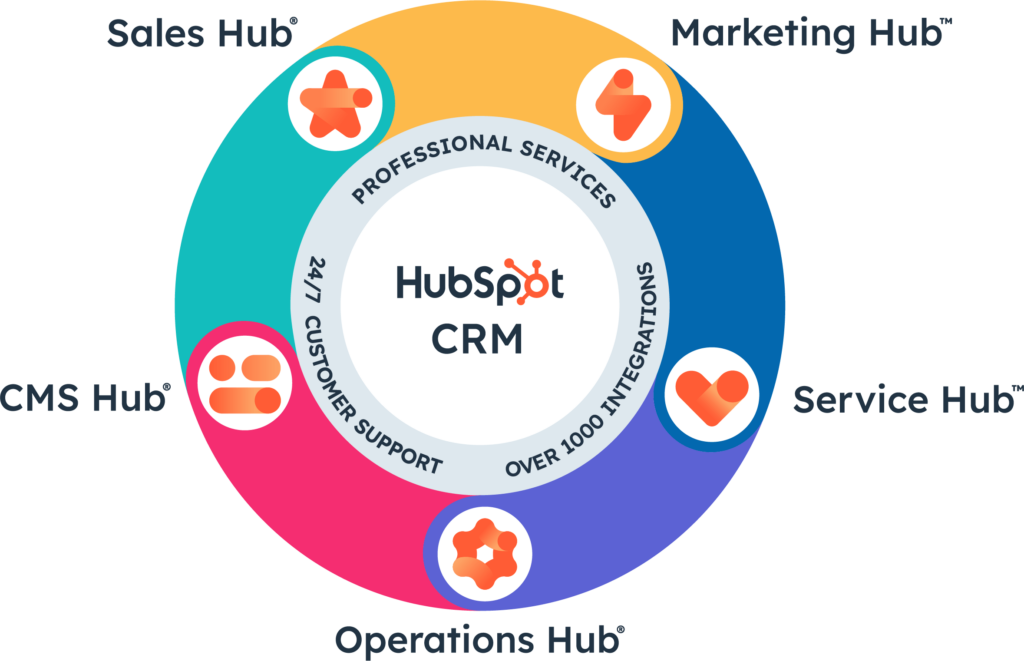
HubSpot is perhaps the most well-known self-server. Users can easily customize their experience and experiment with the platform’s features. This self-service concept allows clients to take control of their online presence and meet their professional needs.
Building Cross-Functional Team Collaboration
This is not a one-man project. You’ll need the entire internal teams -marketing, customer success, and product development- to align their efforts and support your product-led sales strategy.

The founder of HeadsUp believes that operational collaboration is key! And that it extends to the go-to-market teams and cross-functional collaboration. In fact, he founded the company on this very ideology. This makes sure that everyone collaborates to achieve the same goal, leading to a coordinated strategy and improved customer experience throughout.
Hiring/Training Your Product-Led Sales Team
It’s time to hire a PLS team, but who will be a good fit? You’ll need to consider your company’s specific goals and needs. This helps you filter through and find the people with the right mindset and experience that can throttle your entire organization ahead.
“If you want to build a product-led sales team, remember that it’s not about trying to change your reps’ selling style. Instead, your focus should be to equip your sales reps with the necessary tools to be flexible enough to help those taking a trial understand the value the product delivers them.”
John Shere, Director of Sales at Lattice
Lattice’s Sales Director highlights this exact point. The primary goal of Lattice’s PLS team is to maximize the self-service flywheel and keep customer success initiatives well-supported. And that’s evident in the aspect of their product.
Defining Your PLS Strategy
Have you created a clear roadmap for implementing your PLS yet? You can create a valuable user experience if you have the right strategy and the right set of data from key metrics, target customers, and user journeys.
“Analytics is an important part of product vision. To scale a company, you need to know where you’re going. Without a compelling vision, strategy, and data, all other aspects of a company don’t matter.”
Justin Bauer, Chief Product Officier at Amplitude
At Amplitude, they prioritize data in all forms and at every step of their customer’s journey. By strategically aligning these data with their objectives, the company sustains its successful PLS strategy.
Iteration and Improvement Loop
Itirate, reitrate, and repeat.
If you adopt an iterative process, you can fill in the gaps in your user expectations and create a dynamic product that only gets better. The best source for identifying these gaps is studying user data and customer feedback.
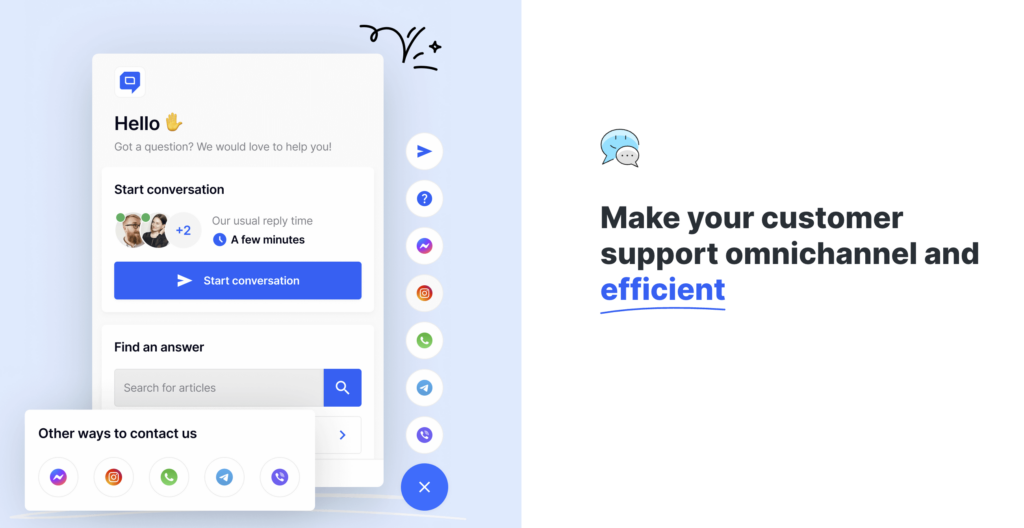
HelpCrunch understands the value of using an iterative process to maintain user expectations. They continually optimize their self-serve flywheel to deliver an exceptional customer experience. This approach is well reflected in their philosophy as a business.
Why Opt for a Product-Led Sales Strategy?
Imagine if Amazon required a fee before you could browse their online store for products. Or does Tripadvisor need you to book a demo before you can search for available accommodations?
If the companies that are a part of our daily lives didn’t make it free, would they still be so integrated into our lives? Tech giants like Google and Amazon have set whole different standards for users and businesses, particularly in the B2B realm. As buyers, we’re used to these new bars.
Apart from modern buyers’ expectations, traditional and outdated sales frameworks are prone to bias and ambiguity. While the sales-led approach focuses on how it sells a product, the product-led approach is about what it sells.
Which one do you think is superior?
No matter the nature of your product, testing out a product is all there’s in the customer’s decision-making and purchasing process. Above all else, a product-led approach allows you to build a strong company and customer loyalty.
The Benefits of a Product-Led Sales Approach
There’s no doubt that PLS strategies solve many challenges in the sales process. It focuses on offering true value, creating a seamless product experience, and establishing cross-team collaboration. Once set up, it’s time to reap the fruit of your product-led sales efforts.
We might be pointing out the obvious here. But let’s take a quick look at the advantages of this approach for your business once more:
- Higher flexibility: Product-led sales lets you prioritize user demands, offer value, and expand adoption and sales.
- Better customer responsiveness: Product-led companies proactively iterate designs. All this effort aims to help customers move toward their objectives and have a better experience.
- Offering higher value over more features: A product-led strategy can help you deliver value throughout the product journey.
- Higher efficiency in revenue performance: Product-led growth uses the product itself to generate sales. This strategy reduces the need for traditional sales and marketing efforts.
- An improved product experience: A product-led approach is a magic potion that transforms organizations into customer-focused entities.
Embracing the Future with Product-Led Sales
Unlocking the true potential of a PLG strategy lies not only in crafting an exceptional product but also in proactively responding to user behaviors.
At its core, your product exists for your users.
Tracking their interactions, identifying pain points, and finding out their likings are elemental in optimizing the overall product experience you offer.
Sales-led sales is a growth driver for many businesses. However, it may not be the best strategy for everyone. It depends on the product, the company’s objectives, and many other factors.
Frequently Asked Questions
A product-led strategy is a business strategy that focuses on offering outstanding user experience and product value to fuel business growth while using the product as the main driver of business growth.
PLG prioritizes the product to drive user adoption and satisfaction, whereas SLG depends on a sales team to generate revenue through prospecting and conversions.
Further Reading
https://productled.com/book/product-led-growth
https://productledhub.com/wp-content/uploads/2021/02/Hubspot-Product-Led-Growth-Study.pdf
https://f.hubspotusercontent20.net/hubfs/20854624/pocus%20ebook%20(3).pdf




